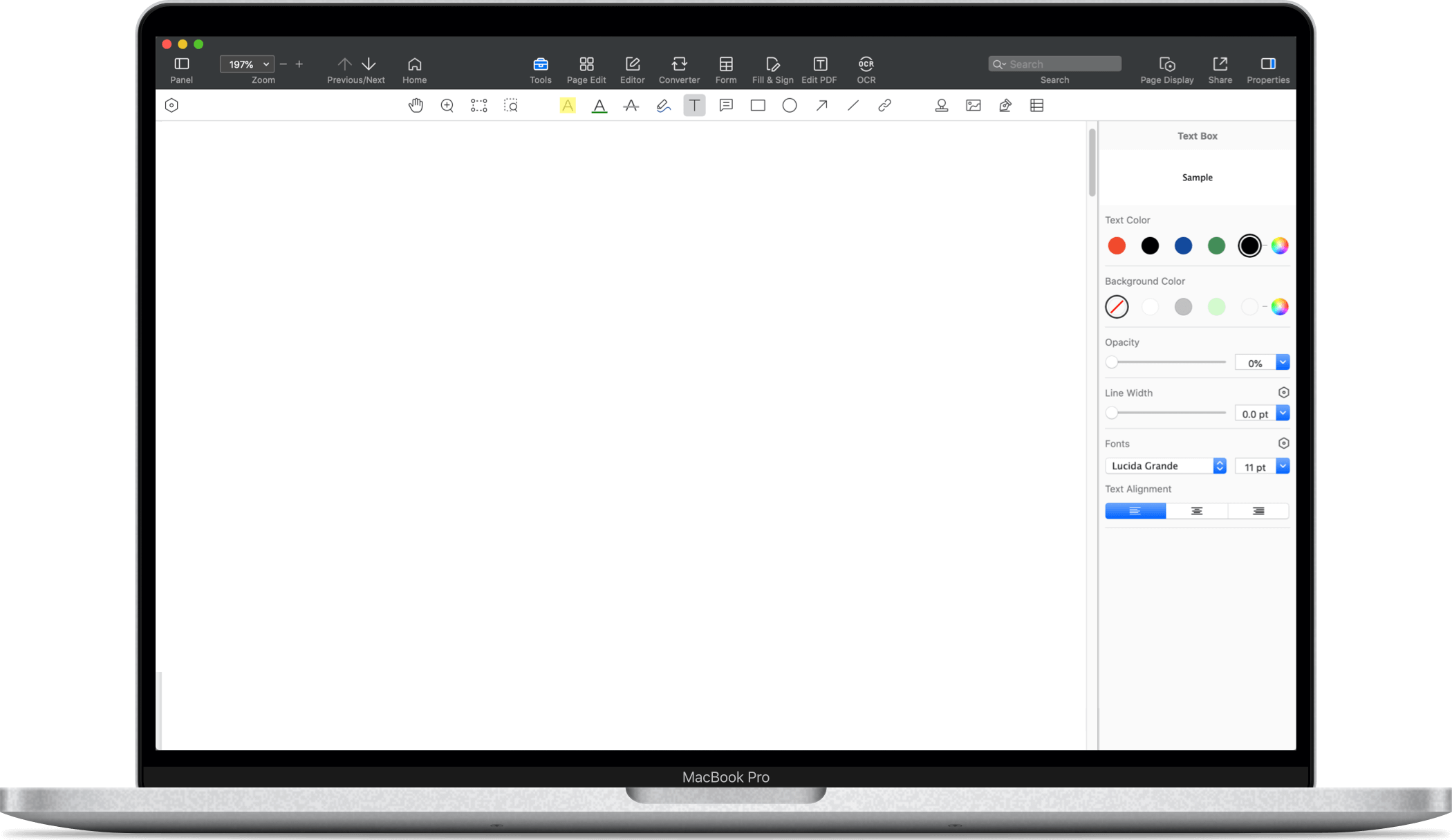
How to Create a Workflow Document

In today’s fast-paced work environment, having a well-defined workflow can be the difference between success and chaos.
A workflow document is a detailed guide that outlines the steps, processes, and roles involved in completing a task or project.
1. Understand the Purpose of the Workflow
Before you begin, it’s essential to understand why you’re creating this workflow document. Ask yourself:
- What is the end goal of this workflow?
- Who will use this document?
- What processes are being outlined?
Understanding the purpose will help you tailor the document to your audience and ensure that it addresses the necessary steps and details.
Download the latest version of PDF Reader Pro for Windows or Mac to get started with our free template:
2. Identify the Scope
Define the boundaries of your workflow. What tasks or processes will be included, and what will be excluded? This step helps in avoiding scope creep and ensures that the workflow is manageable and relevant.
Example: If you’re creating a workflow document for onboarding new employees, you might include tasks like sending offer letters, setting up workstations, and scheduling orientation sessions. You might exclude post-onboarding performance evaluations, as they fall outside the initial process.
3. List the Steps Involved
Break down the entire process into individual steps. This is the core of your workflow document. Each step should be clear, concise, and actionable.
Tips for listing steps:
- Use simple, direct language.
- Ensure each step has a clear starting point and an end point.
- Sequence the steps logically.
Example: For a content creation workflow, your steps might include:
- Brainstorm content ideas.
- Research the topic.
- Create an outline.
- Write the first draft.
- Edit and revise the content.
- Publish the content.
4. Assign Roles and Responsibilities
Clearly define who is responsible for each step in the workflow. This prevents confusion and ensures accountability.
Questions to consider:
- Who initiates each step?
- Who needs to approve or review the work?
- Are there any external stakeholders involved?
Example: In a marketing campaign workflow, you might assign the task of drafting the campaign proposal to the marketing manager, while the design team handles the creation of visual assets.
5. Incorporate Decision Points
Workflows often involve decision points where the process can branch off in different directions based on certain criteria. Identify and clearly outline these decision points.
Example: In a software development workflow, a decision point might be: “If the code passes the QA test, move to deployment. If it fails, return to the development team for revision.”
6. Visualize the Workflow
While text is essential, a visual representation can greatly enhance the understanding of the workflow. Use flowcharts, diagrams, or Gantt charts to map out the process visually.
Tools for visualization:
Visuals help users quickly grasp the flow of tasks and identify any potential bottlenecks.
7. Review and Optimize
Once you’ve drafted your workflow document, it’s time to review it. Share it with stakeholders or team members for feedback. Look for steps that may be redundant, unclear, or inefficient.
Tips for optimization:
- Are there any steps that can be automated?
- Can any steps be combined or eliminated?
- Are the roles and responsibilities clear?
After gathering feedback, refine the document to make it as efficient and clear as possible.
8. Document Everything Clearly
Now that you have a solid workflow, it’s time to document it formally. Ensure the document is easy to read, well-organized, and accessible to everyone who needs it.
Structure of the workflow document:
- Title and Purpose: Clearly state the document’s purpose and what it covers.
- Steps: List each step with detailed instructions.
- Roles and Responsibilities: Define who is responsible for what.
- Decision Points: Outline where decisions need to be made and the possible outcomes.
- Visual Representation: Include any flowcharts or diagrams.
- Review Date: Mention when the workflow was last updated and when it will be reviewed next.
9. Implement and Monitor
Once the workflow document is complete, implement it in your process. Monitor its effectiveness over time. Are tasks being completed more efficiently? Are there any recurring issues or delays?
Be open to revisiting and revising the document as your processes evolve. A workflow document should be a living document that adapts to changes in your organization or team.
Creating a workflow document might seem like a daunting task, but with a systematic approach, it becomes manageable and incredibly valuable.




 Free Download
Free Download  Free Download
Free Download 



